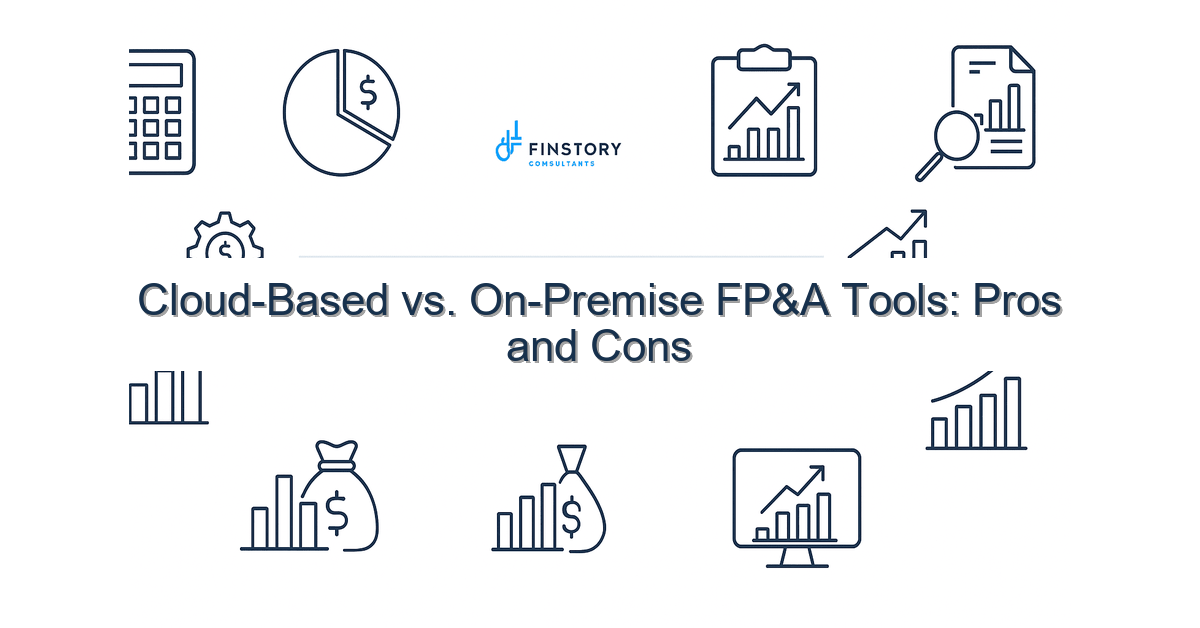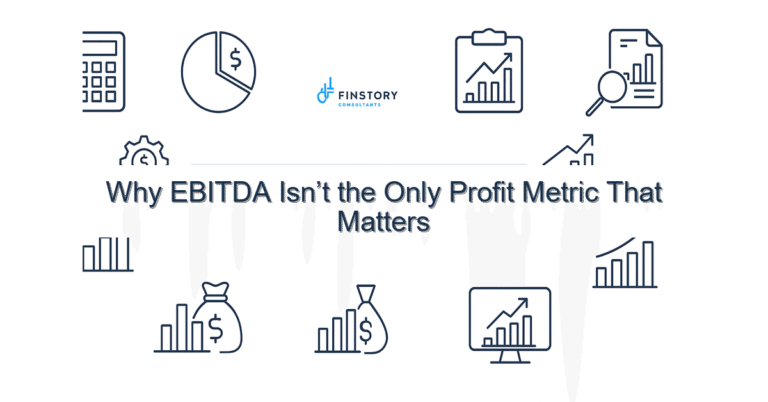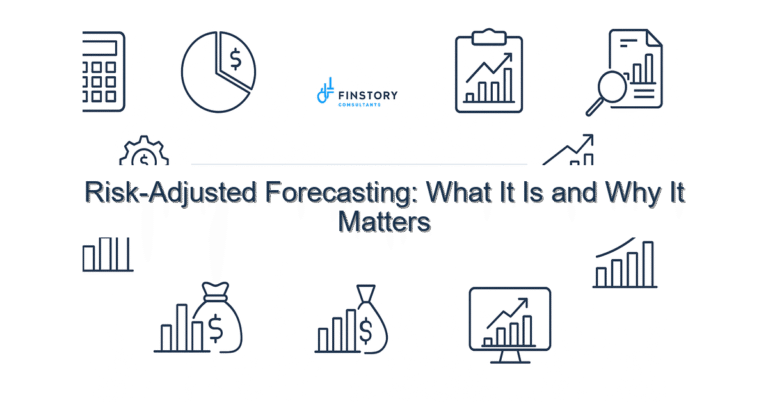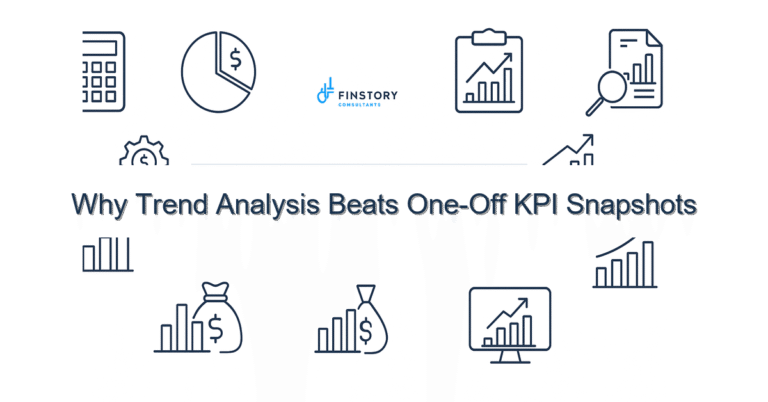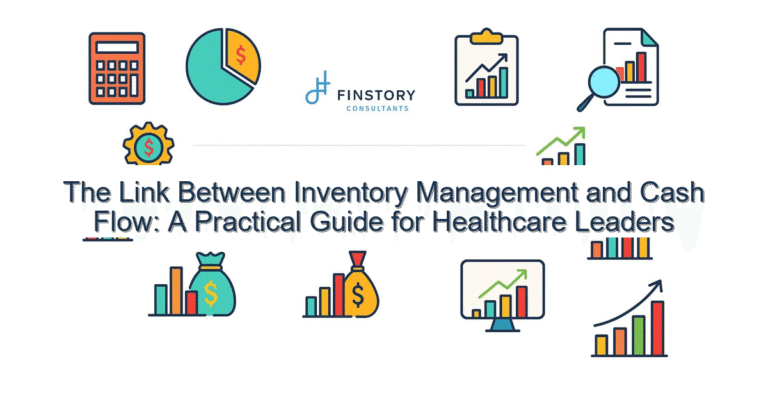Cloud-Based vs. On-Premise FP&A Tools: Pros and Cons
You’re juggling margins, staffing shortages, and regulatory changes while the budget cycle closes again. You don’t need another vendor pitch — you need a clear choice that actually helps your team move faster and make better decisions.
Summary: Choose the approach that matches your risk tolerance, IT capacity, and speed-to-value. For most healthcare organizations, cloud-based FP&A tools deliver faster insights, easier integration with Power BI and automation, and lower ongoing maintenance — while on-premise still wins on absolute control and predictable compliance for specific scenarios.
What’s the real problem?
Finance and operations teams in hospitals and health systems face a simple but urgent problem: the tools designed to plan and report are slowing you down. Whether you’re using spreadsheets patched together or legacy on-premise FP&A suites, the result is the same — stale data, long cycle times, and staff burned out by manual reconciliations.
- Slow close and forecast cycles that leave leaders reacting to outdated information.
- Fragmented data across EMR, general ledger, and staffing systems — painful reconciliations.
- Limited scenario modeling when the C-suite needs rapid “what-if” analysis.
- Security and compliance concerns about patient and financial data.
What leaders get wrong about cloud-based vs. on-premise FP&A tools
Leaders often pick a side based on a single fear or a past experience instead of the actual outcomes they need.
Common missteps:
- Assuming cloud is automatically insecure. (Security depends on configuration and governance, not the deployment model alone.)
- Believing on-premise means lower long-term costs. Hidden maintenance, upgrades, and staffing often push total cost higher.
- Choosing a tool because IT prefers a technology stack, not because it shortens decision cycles or improves accuracy.
A better approach
Make the decision against a clear set of outcomes: speed, accuracy, compliance, and total cost of ownership. Use this 4-step framework.
- Define outcomes: agree on target KPIs (close days, forecast accuracy, headcount FTEs saved).
- Map data sources: inventory GL, patient volumes, staffing, payor contracts, and where data lives.
- Assess operational capacity: what can IT support today and in 12–24 months?
- Cost and risk modeling: compare implementation timelines, recurring costs, and compliance controls.
Real-world note: a 250-bed regional hospital we worked with moved to cloud-based FP&A and connected Power BI dashboards. They cut budgeting cycle time from 12 weeks to 5 weeks and reduced manual reconciliation time by 60% in six months. That wasn’t magic — it was clearer data flows, automation, and governance.
Quick implementation checklist
- Set a 90-day pilot scope tied to a specific outcome (e.g., faster forecasting for OR utilization).
- List all data endpoints and owners (EHR, billing, payroll, ledger) and get commitment for access.
- Decide cloud or on-premise based on a 3-year cost + risk model, not just sticker price.
- Choose a partner for ETL and data modeling — aim to centralize business rules once.
- Stand up a Power BI proof-of-concept report fed by the new model.
- Document security controls and a breach response plan before go-live.
- Run end-user training sessions focused on workflows, not features.
- Set metrics to review at 30, 60, and 90 days (accuracy, cycle time, user adoption).
What success looks like
Measure success with concrete outcomes tied to the business — not vanity metrics.
- Forecast accuracy improved by 5–15% within the first year.
- Budgeting and forecasting cycle time reduced by 40–70%.
- Month-end close shortened by several days (e.g., from 10–15 days to 4–7 days).
- 30–50% reduction in manual reconciliation FTE hours.
- Payback on implementation costs often realized in 12–24 months for cloud pilots.
Risks & how to manage them
Here are the top risks and practical mitigations you can apply immediately.
- Data leakage or breach: enforce encryption at rest and in transit, role-based access, and routine audits. For cloud-based FP&A tools for healthcare, enable HIPAA-compliant configurations and business associate agreements (BAAs).
- Integration failures: run a short-lived data reconciliation test before committing — confirm that ETL keeps numbers aligned with the GL and EHR exports.
- Change resistance: involve power users early, create quick wins (one reliable dashboard), and offer hands-on training tied to daily tasks.
Tools & data
Modern FP&A blends finance automation, flexible modeling, and visual leadership reporting. Combine a cloud-based planning engine with Power BI for dashboards and a governance layer for master data.
Typical stack for healthcare leaders:
- Finance automation for consolidations and allocations.
- Cloud-based FP&A planning engine or on-premise software when required by policy.
- Power BI for executive and operational dashboards, connected live to the planning model.
- ETL tools and a small data warehouse to harmonize GL, payroll, and patient volume feeds.
If you want specifics, our article on Power BI for finance teams explains how visuals change conversations. For automation strategies, see our FP&A automation services overview. And if you’re assessing cloud readiness, our guide on healthcare finance transformation walks through common roadmaps.
FAQs
Q: Are cloud-based FP&A tools secure enough for patient data?
A: Yes — when configured correctly. Look for vendors offering HIPAA BAAs, strong encryption, audit logs, and role-based access. Security is a process, not a checkbox.
Q: How long does a cloud FP&A pilot typically take?
A: A focused 90-day pilot (scope, integration, and dashboards) is realistic and low-risk. Complex enterprise rollouts take longer, but pilots prove value fast.
Q: When is on-premise still the right choice?
A: When your organization has strict regulatory or contractual requirements that prohibit cloud storage, or when you have existing on-prem infrastructure and skilled staff with a clear TCO advantage.
Next steps
If you’re leaning toward cloud-based FP&A tools, start with a tight pilot that proves integration with your GL and EHR and feeds Power BI leadership reporting. If you’re leaning on-premise, run the same pilot lens: can it speed decisions and reduce reconciliations?
Contact us to map your data sources, model the 3-year TCO, and run a 90-day proof-of-value. We’ll help you compare cloud-based FP&A tools for healthcare to on-premise options with objective metrics and an implementation plan tied to outcomes.
Work with Finstory. If you want this done right—tailored to your operations—we’ll map the process, stand up the dashboards, and train your team. Let’s talk about your goals.
📞 Ready to take the next step?
Book a 20-min call with our experts and see how we can help your team move faster.
Prefer email or phone? Write to info@finstory.net
or call +91 44-45811170.
